In today’s world, certain cities are plagued by high levels of crime and violence, making them extremely dangerous for both residents and visitors.
From gang violence and armed robberies to high murder rates, these urban areas pose significant risks. Understanding which cities are the most perilous can help travelers and policymakers alike in making informed decisions.
Here is a list of the 15 most dangerous cities in the world, ranked in order, based on crime rates and overall safety concerns
1. Port-au-Prince, Haiti
Port-au-Prince tops the world’s most violent cities list. Gangs control 60% of the capital city. They run checkpoints on major roads. They kidnap people for ransom every day.
The “G9” gang alliance has weapons that rival the police force. They control the airport, the port, and most government buildings. Over 1.2 million people have fled their homes. The U.S. State Department says “Do Not Travel” to Haiti for any reason.
2. Acapulco, Mexico
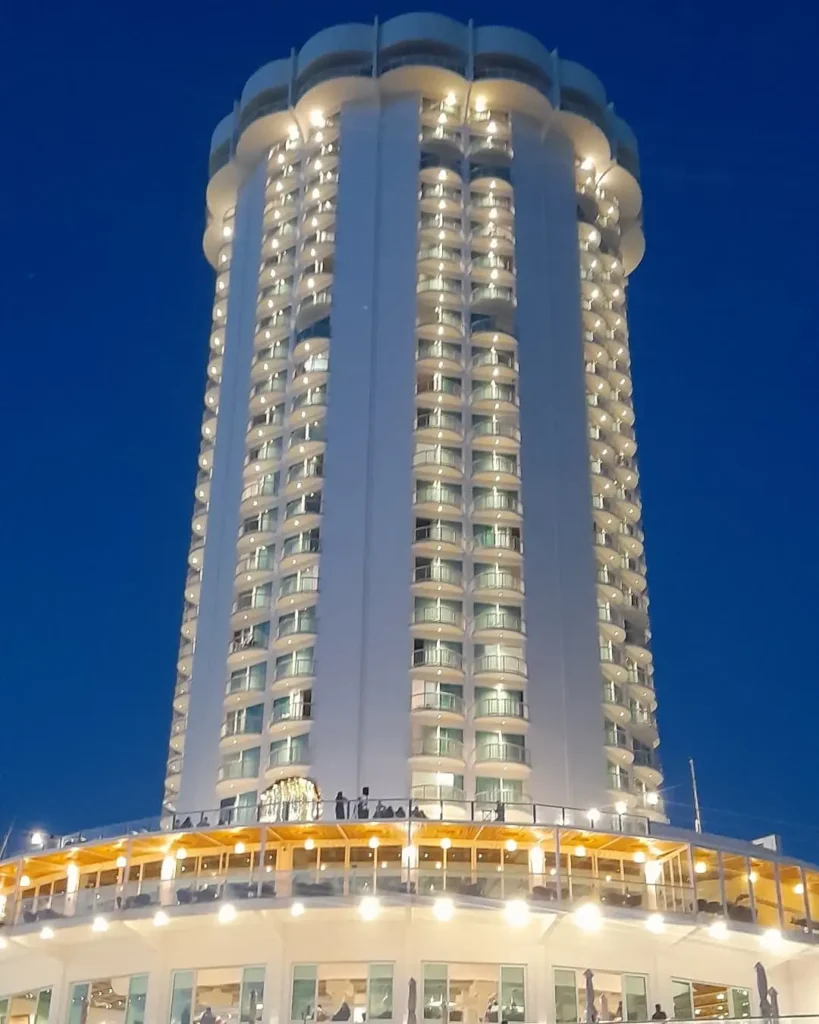
This former tourist paradise became a war zone. Hurricane Otis destroyed the city in October 2023. When the lights went out, three cartels started fighting for control.
The Jalisco New Generation Cartel battles the Sinaloa Cartel and Familia Michoacana. They fight over drug routes to the United States. Bodies appear on beaches where tourists used to swim. Hotels in the tourist zone now have bullet holes in their walls.
3. Tijuana, Mexico
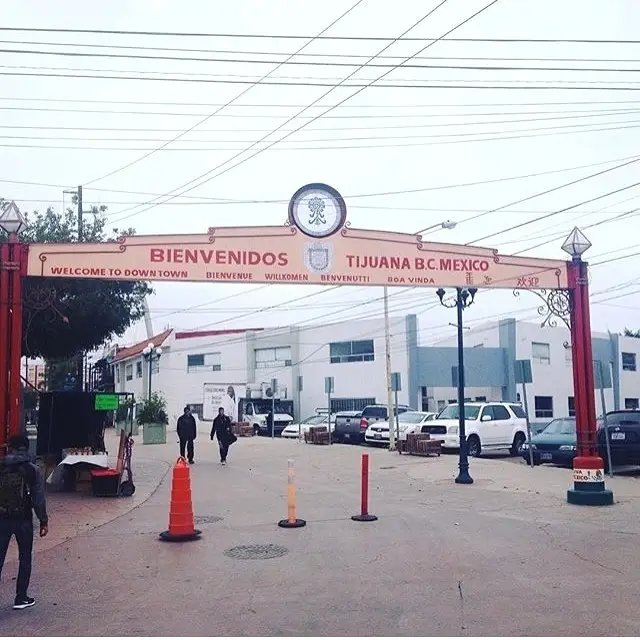
Tijuana leads Mexican violence with over 1,800 murders in 2024. This border city serves as the main entry point for fentanyl into the United States.
Cartels recruit teenagers from both sides of the border. They promise them $500 per week to smuggle drugs. Many never make it to their 20th birthday. The city morgue runs out of space every month.
4. Ciudad Juárez, Mexico
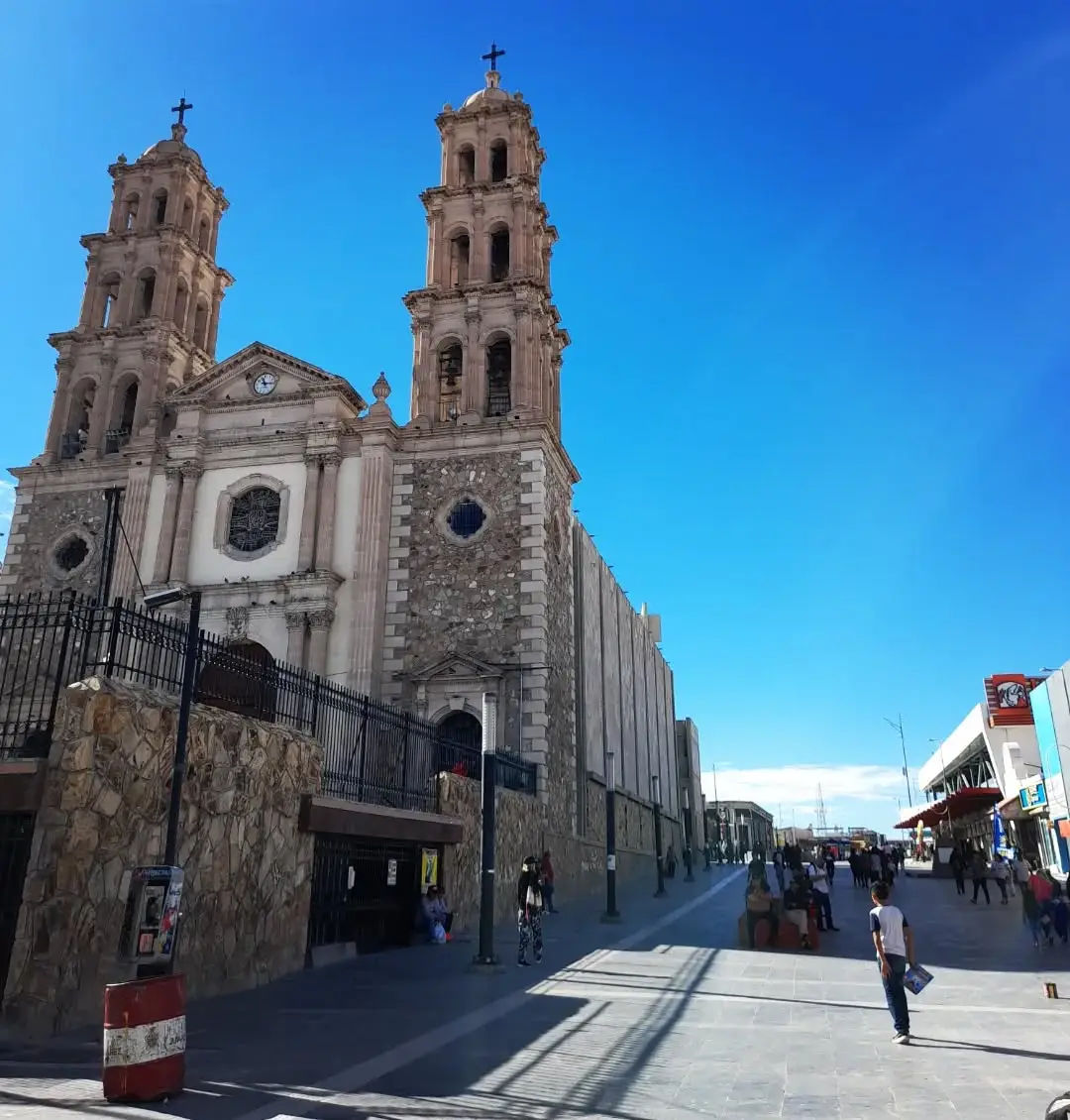
This city averages 3.3 murders every single day. March 2024 saw 103 murders – the highest monthly total since 2012. Police find signs of torture on most victims.
Cartels fight over crystal meth trafficking routes. They control different neighborhoods like separate countries. Cross into the wrong area and you might not come back. The violence spills over to El Paso, Texas, just across the border.
5. Caracas, Venezuela
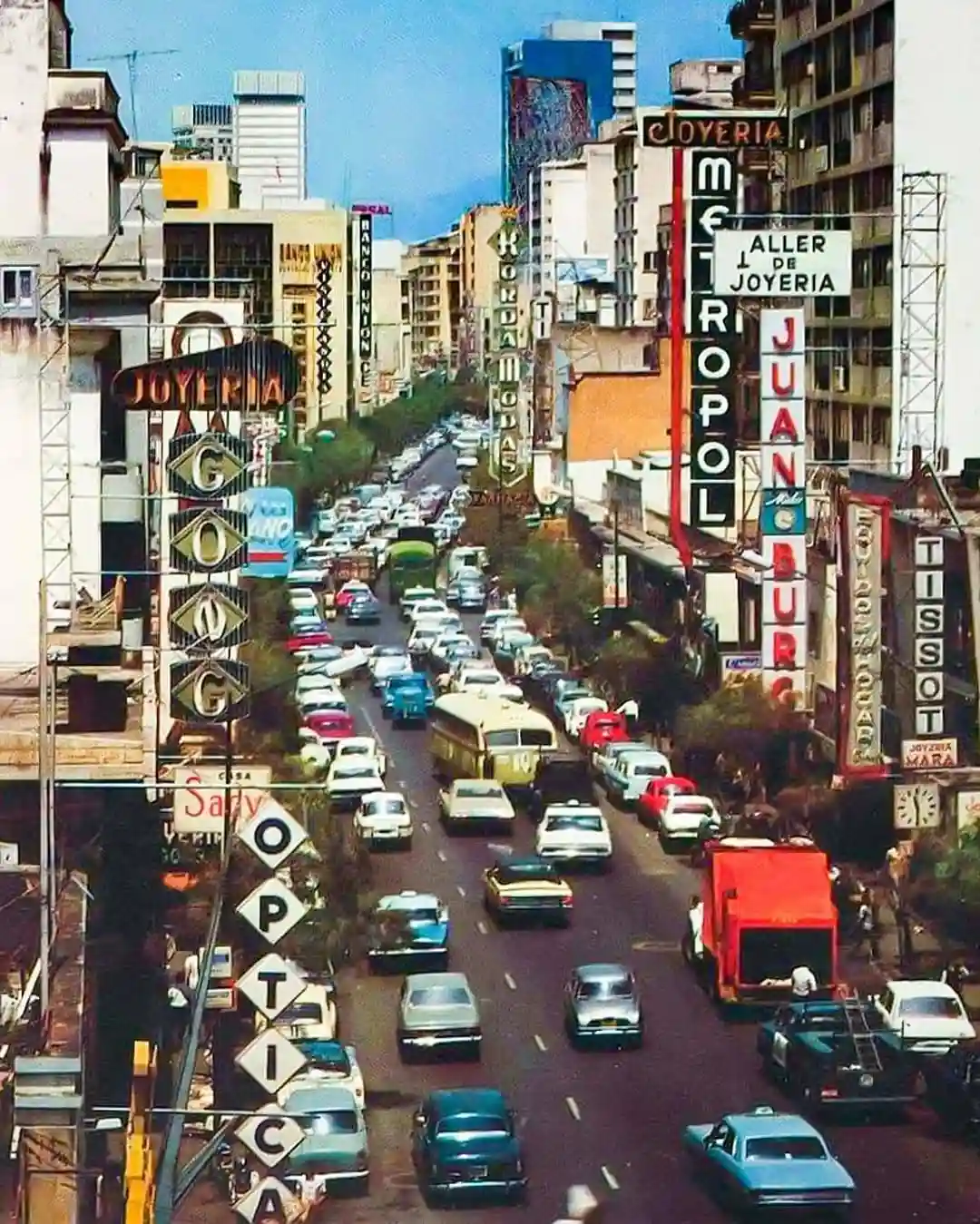
Political collapse created a crime explosion. The police barely function. Many officers work with criminal gangs to survive.
Armed robberies happen in broad daylight on main streets. Kidnapping is so common that families hire bodyguards for grocery shopping. The government stopped releasing accurate crime data in 2015.
6. Kingston, Jamaica
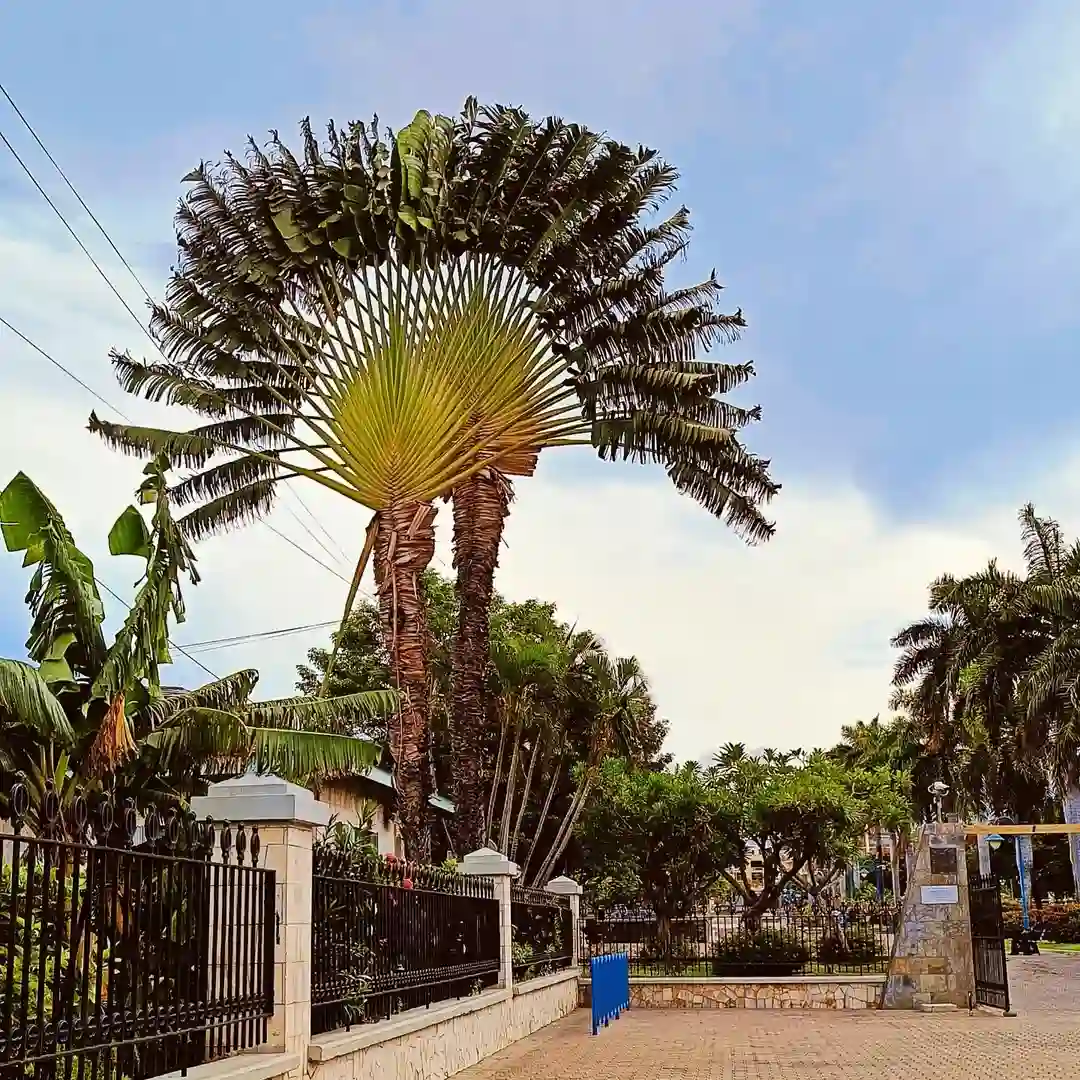
Gang territories split this capital city into war zones. The Spanish Town area records one murder for every 500 residents.
“Dons” control different neighborhoods. They tax businesses and recruit children as young as 12. Tourists who wander into the wrong area often become victims. Even locals avoid certain streets after dark.
7. Cali, Colombia
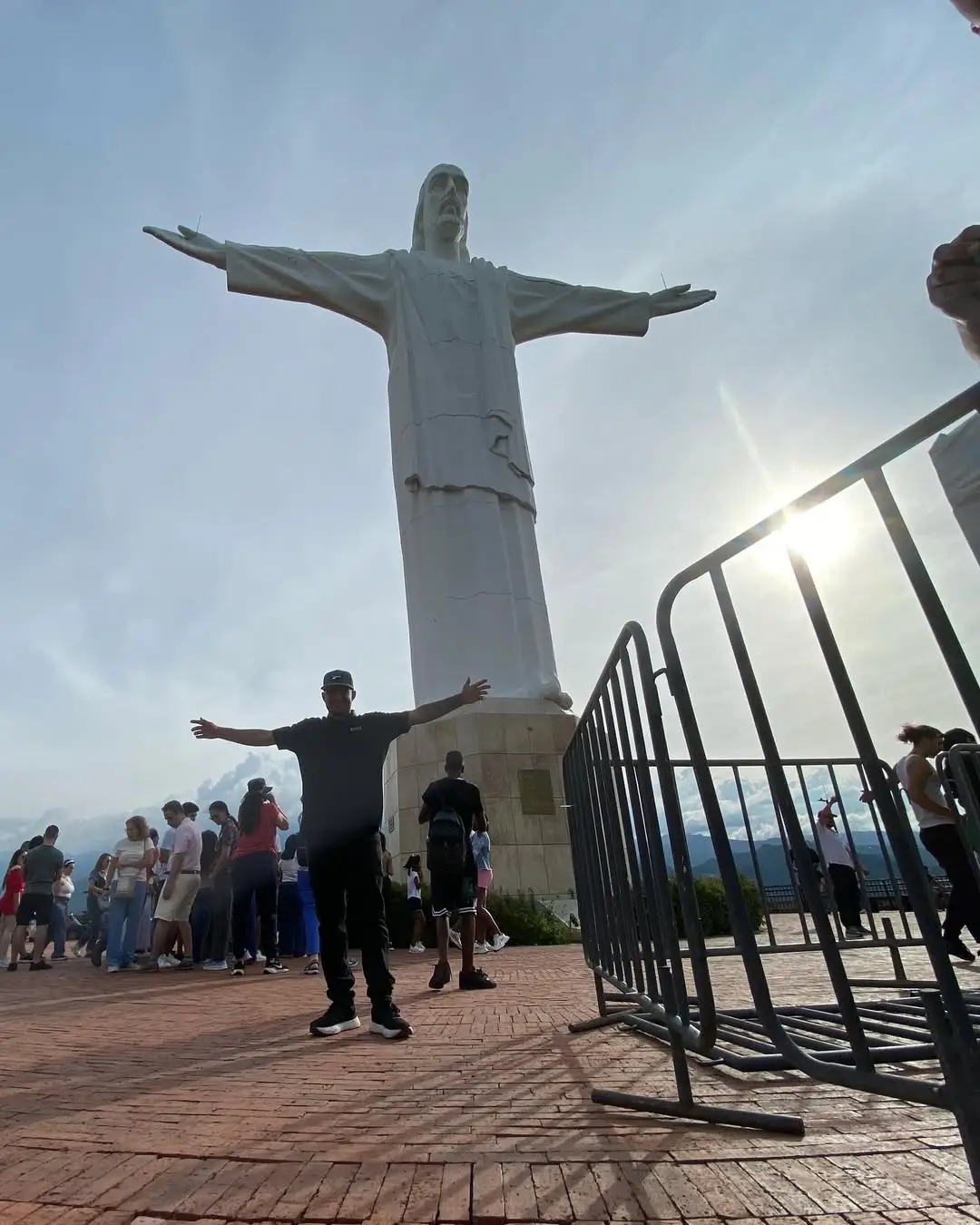
Drug trafficking violence never stopped here. The city produces more cocaine than anywhere else in South America.
Rival groups fight over production labs and smuggling routes. Motorcycle assassinations happen daily. Business owners pay protection money or face death threats. The murder rate jumped 23% from 2023 to 2024.
8. Cape Town, South Africa
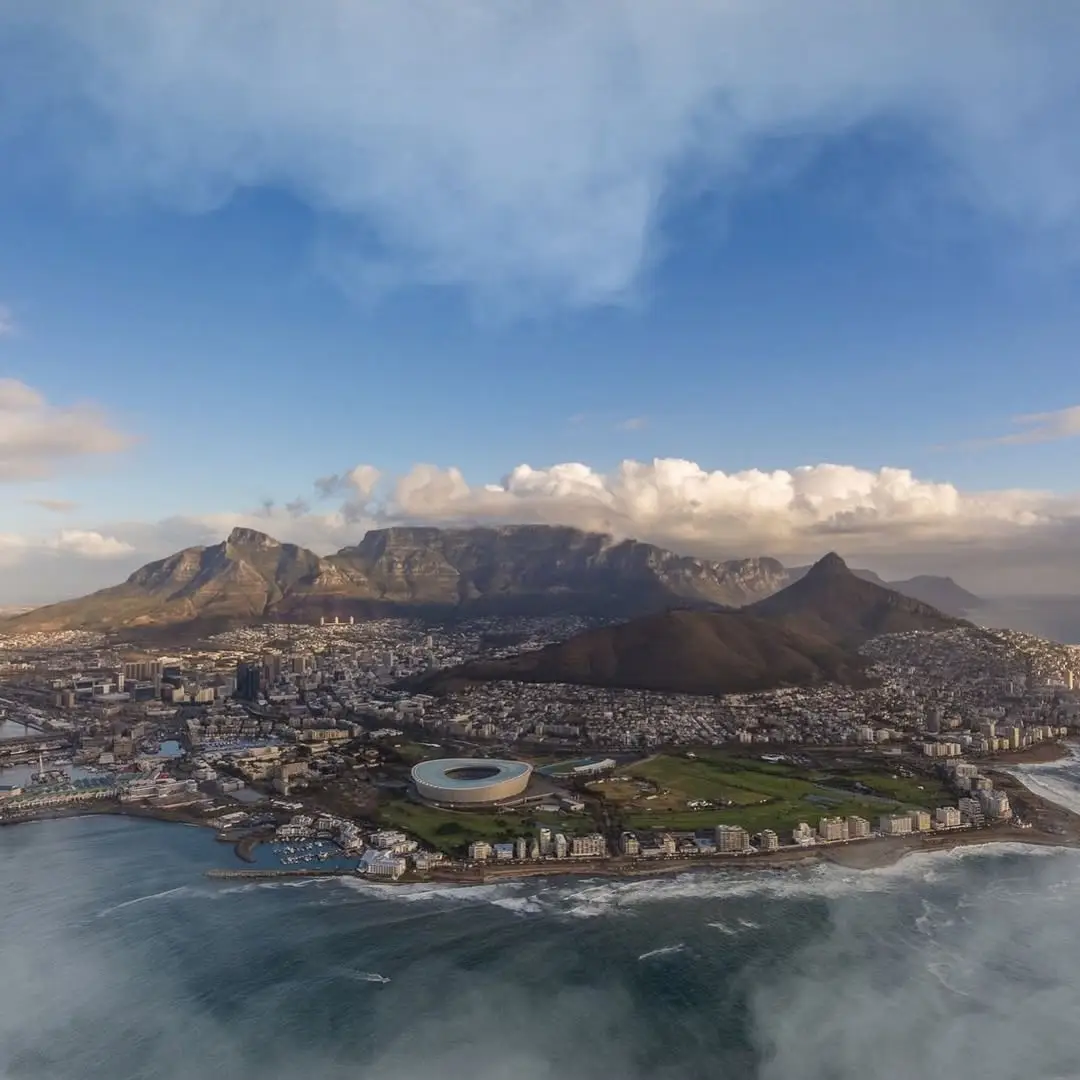
Cape Town recorded 1,068 murders in 2024. The Western Cape province has a murder rate of 14.2 per 100,000 – but violence concentrates in specific townships.
Delft township alone had 66 murders in 2024. Gang wars over drug territory create most deaths. Residents lock themselves inside after sunset. Even police patrol in armored vehicles.
9. San Salvador, El Salvador

This city shows dramatic improvement but danger remains. The overall country rate dropped to 1.9 per 100,000, but violence concentrates in certain neighborhoods.
President Bukele’s crackdown removed 85,000 gang members from streets. Some areas went 300+ days without murders. But poor neighborhoods still see killings every week. The improvement could reverse if policies change.
10. Fortaleza, Brazil
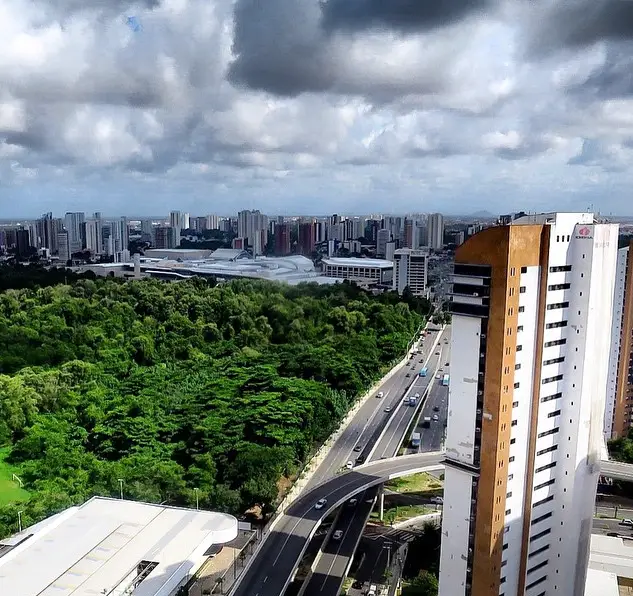
Organized crime networks run this coastal city. The Primeiro Comando da Capital (PCC) and Comando Vermelho (CV) fight for drug markets.
They recruit kids from favelas as lookouts and drug runners. Police operations trigger revenge killings. The murder rate for young men aged 15-29 reaches over 200 per 100,000 in some neighborhoods.
11. Ciudad Guayana, Venezuela
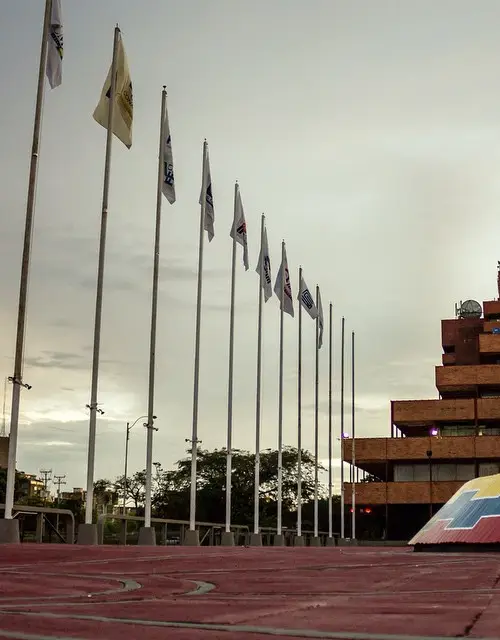
Economic collapse turned this industrial city deadly. When factories closed, unemployment hit 80%. Desperate people turned to crime.
Gold mines in the area attract armed groups. They fight over mining rights with military-grade weapons. Residents flee to Colombia or Brazil when they can afford the trip.
12. Natal, Brazil

Prison gang warfare spills onto the streets. The PCC expanded here from São Paulo, triggering battles with local groups.
Drug trafficking through the port creates violence. Rival factions execute enemies in public as warnings. The city’s beaches, once tourist attractions, now host regular gun battles.
13. Salvador, Brazil
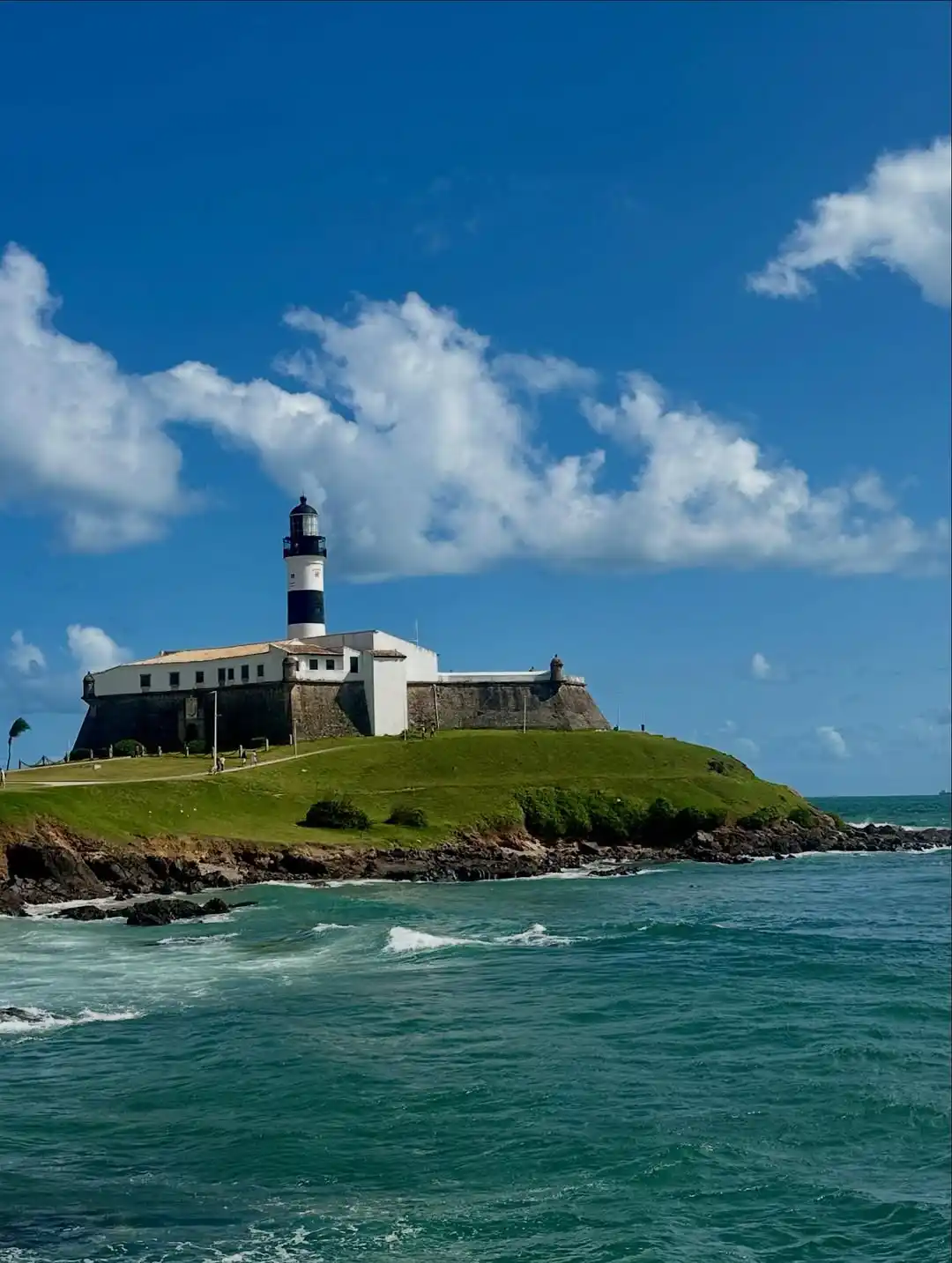
Violence concentrates in Salvador’s favelas. The Comando Vermelho controls drug sales in poor neighborhoods. They wage war against police and rival groups.
Bus drivers refuse to enter certain areas. Students skip school when gang wars block roads. The murder rate for Black men under 25 exceeds 300 per 100,000 in the worst neighborhoods.
14. St. Louis, USA
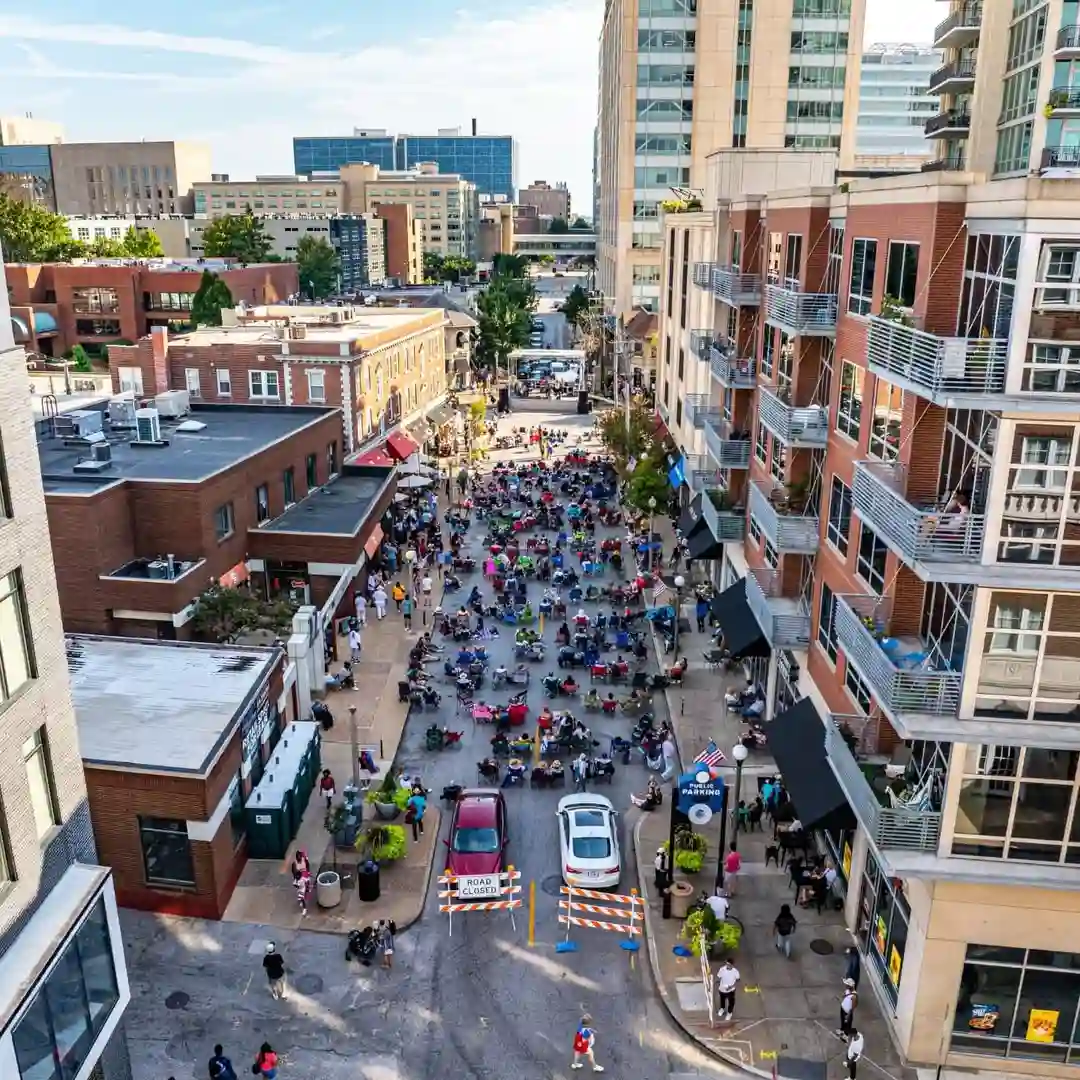
This American city leads U.S. violence statistics. Certain neighborhoods record rates above 100 per 100,000. The North Side and East Side see most killings.
Gang disputes over drug territory drive most murders. Witnesses rarely cooperate with police due to fear. The city lost 60,000 residents in the past decade as families fled the violence.
15. Baltimore
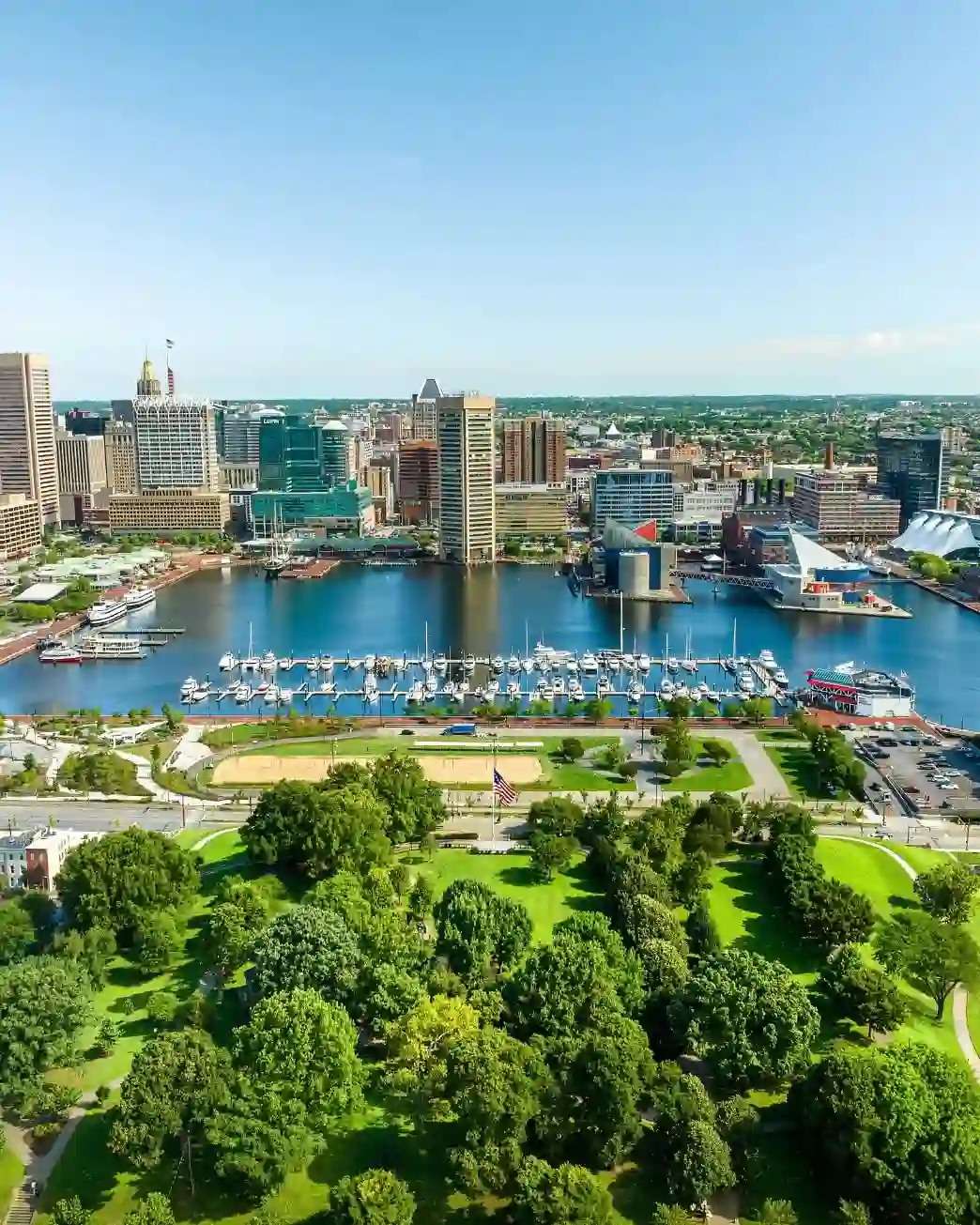
Baltimore rounds out the list despite 22% improvement. The city still recorded 250+ murders in 2024. West Baltimore neighborhoods see the worst violence.
Drug corners operate openly on many streets. Police struggle with community trust after years of scandals. Young men face a 1 in 200 chance of being murdered before age 30 in the most dangerous areas.
The Bigger Picture
Mexico dominates this list with a record 20 cities among the world’s 50 most dangerous. This represents the highest number ever recorded. Cartel warfare after high-profile arrests created this spike in violence.
These homicide rates dwarf the global average of 6.2 per 100,000. Port-au-Prince is 22 times more dangerous than the world average. Even the “safest” city on this list – Baltimore – is still 8 times more deadly than typical.
The concentration of violence is stunning. Less than 1% of the global population experiences over 8% of all murders worldwide. This means targeted interventions could save thousands of lives.
Your safety depends on avoiding these places entirely. If you must travel to any of these cities, professional security consultation is not optional – it’s a matter of survival.
Why These Cities Are So Dangerous: Root Causes Explained
You see the murder numbers and wonder how places get this violent. It’s not random. Five major forces create these death zones. Once you know what drives urban violence, you can spot dangerous patterns anywhere in the world.
Drug Trafficking Networks Control Everything
Organized crime runs these cities like separate countries. Mexican cartels make $13 billion per year from fentanyl alone. They use that money to buy military weapons and corrupt officials.
The Jalisco New Generation Cartel operates in 28 Mexican states. They have their own radio networks and armored vehicles. When they fight the Sinaloa Cartel over territory, hundreds of people die.
Brazilian crime groups like Primeiro Comando da Capital (PCC) spread across South America. They started in São Paulo prisons but now control drug routes from Colombia to Europe. Their motto: “Crime is crime, business is business.”
Here’s what makes drug trafficking so deadly: These groups need violence to protect their territory. They can’t call police when rivals steal their drugs. So they use fear and murder to stay in control.
Economic Inequality Creates Desperate Conditions
The World Bank found a clear pattern: bigger income gaps mean more violence. Cities with extreme poverty next to extreme wealth see the most killings.
UN-Habitat research shows what happens when cities grow too fast. Poor planning creates slums where governments can’t provide basic services. No jobs, no schools, no hope.
“It’s not the size of urban areas that create criminal surroundings but rather the poor planning, design and management of growth,” UN-Habitat experts found.
In Caracas, 87% of people live in poverty while drug lords drive Lamborghinis. Young men see crime as their only path to money. In Cape Town’s townships, unemployment hits 60% for people under 25.
This matters because desperation feeds recruitment. Cartels offer $500 per week to teenagers who make $20 per month in legal jobs. It’s not a hard choice for hungry families.
Weak Governments Can’t Protect Anyone
Failed states create perfect conditions for organized crime. When police don’t get paid, they work for criminals instead. When courts don’t function, gangs become the law.
Haiti shows what complete government collapse looks like. Police officers make $90 per month when they get paid at all. Gang leaders pay them $500 to look the other way.
Venezuela’s economic disaster destroyed state capacity. The murder rate jumped 400% as police forces crumbled. Gangs filled the power gap with their own rules.
Dr. Bobby Boxerman from the Regional Justice Information Service explains: “Greater investment in research is critical to shed more light on the changing crime landscape and to craft effective crime control approaches for the future.”
This creates a death spiral. Weak governments can’t stop crime. More crime makes governments weaker. Violence becomes the normal way to solve problems.
Gang Warfare Turns Streets Into Battlefields
Territory disputes kill more people than drug deals. Gangs fight over neighborhoods like armies fight over countries. They recruit children as soldiers and civilians become targets.
Jamaica has over 200 active gangs. They control different streets in Kingston like separate nations. Cross the wrong boundary and you’re dead.
Brazilian cities see prison gangs wage war on the outside. When PCC and Comando Vermelho clash, murder rates spike 300% in their territories. They use social media to coordinate attacks and post execution videos as warnings.
Gang recruitment starts young because kids seem innocent. A 12-year-old carrying drugs gets lighter punishment than an adult. Cartels exploit this gap in the law.
Political Instability Opens Power Gaps
Elections, coups, and political chaos create opportunities for criminals. When legitimate authority breaks down, violent groups move fast to grab control.
46 of the 50 most dangerous cities worldwide sit in the Americas. This region has faced decades of political instability that organized crime groups exploited.
Alexandre Marc from the World Bank studied urban violence prevention: “With the right policies and a long-term commitment to crime reduction, urban youth violence can be prevented. We have proven strategies that produce lasting results.”
Political transitions are especially dangerous. New governments take months to establish control. Criminal groups use this time to expand territory and recruit new members.
The Pattern Repeats Everywhere
These five factors work together like a perfect storm. Drug money corrupts weak governments. Economic inequality feeds gang recruitment. Political chaos lets violence spread.
You can predict where urban violence will explode by watching for these warning signs. Cities with growing inequality, weakening governments, and new drug routes face the highest risk.
This knowledge can keep you alive. Avoid places where these factors combine. The murder statistics we showed you earlier are the result of these deeper forces at work.

